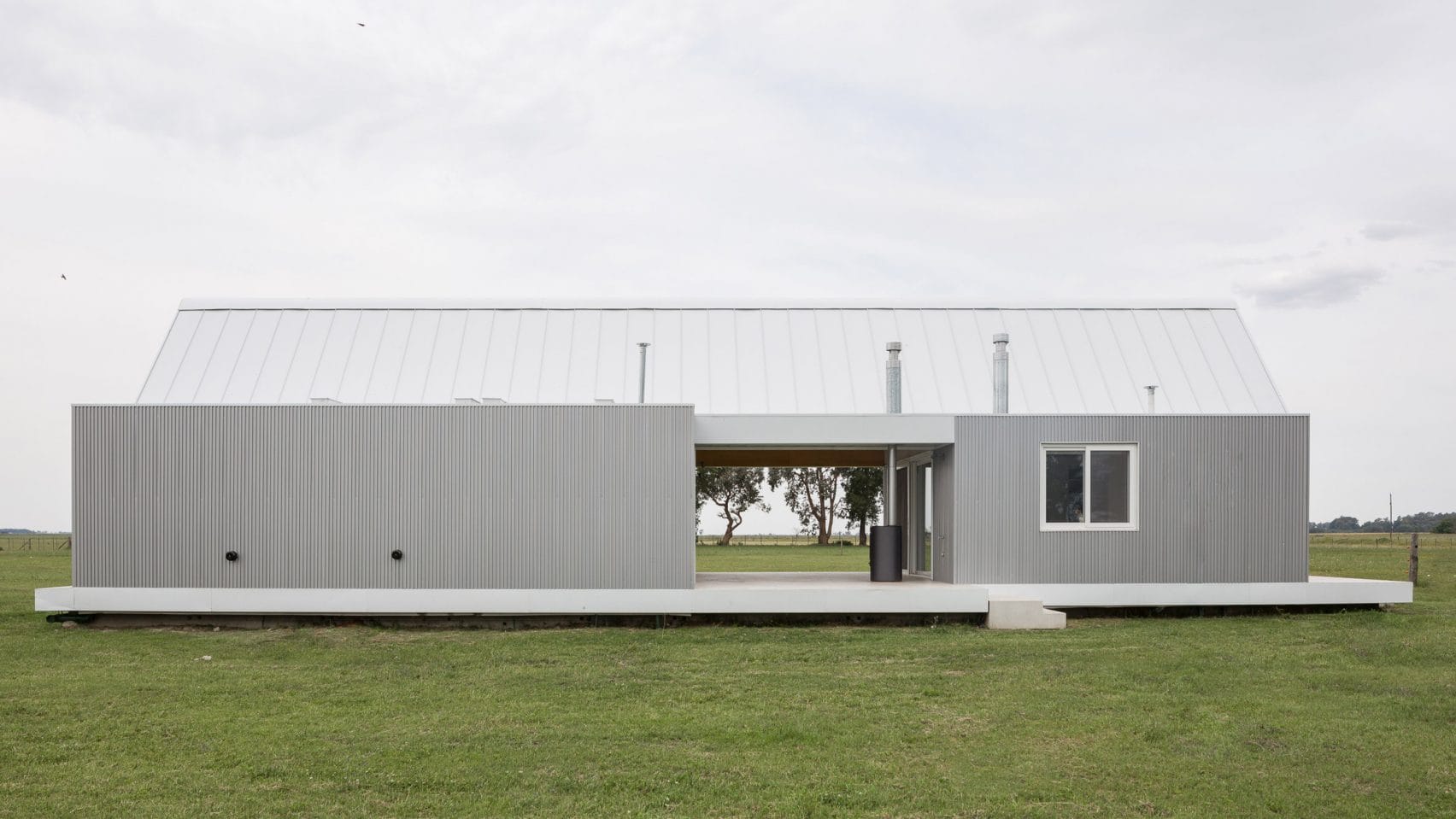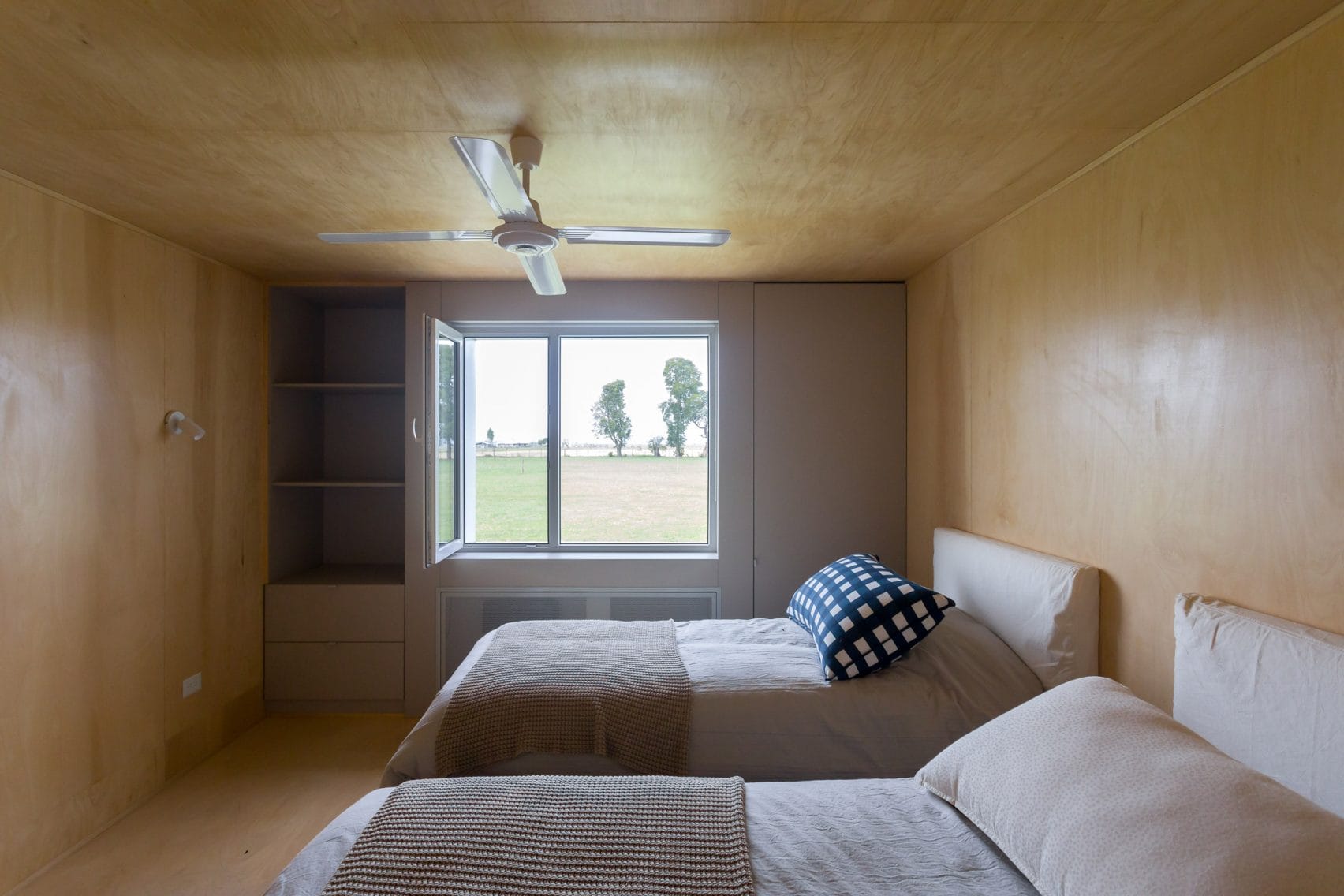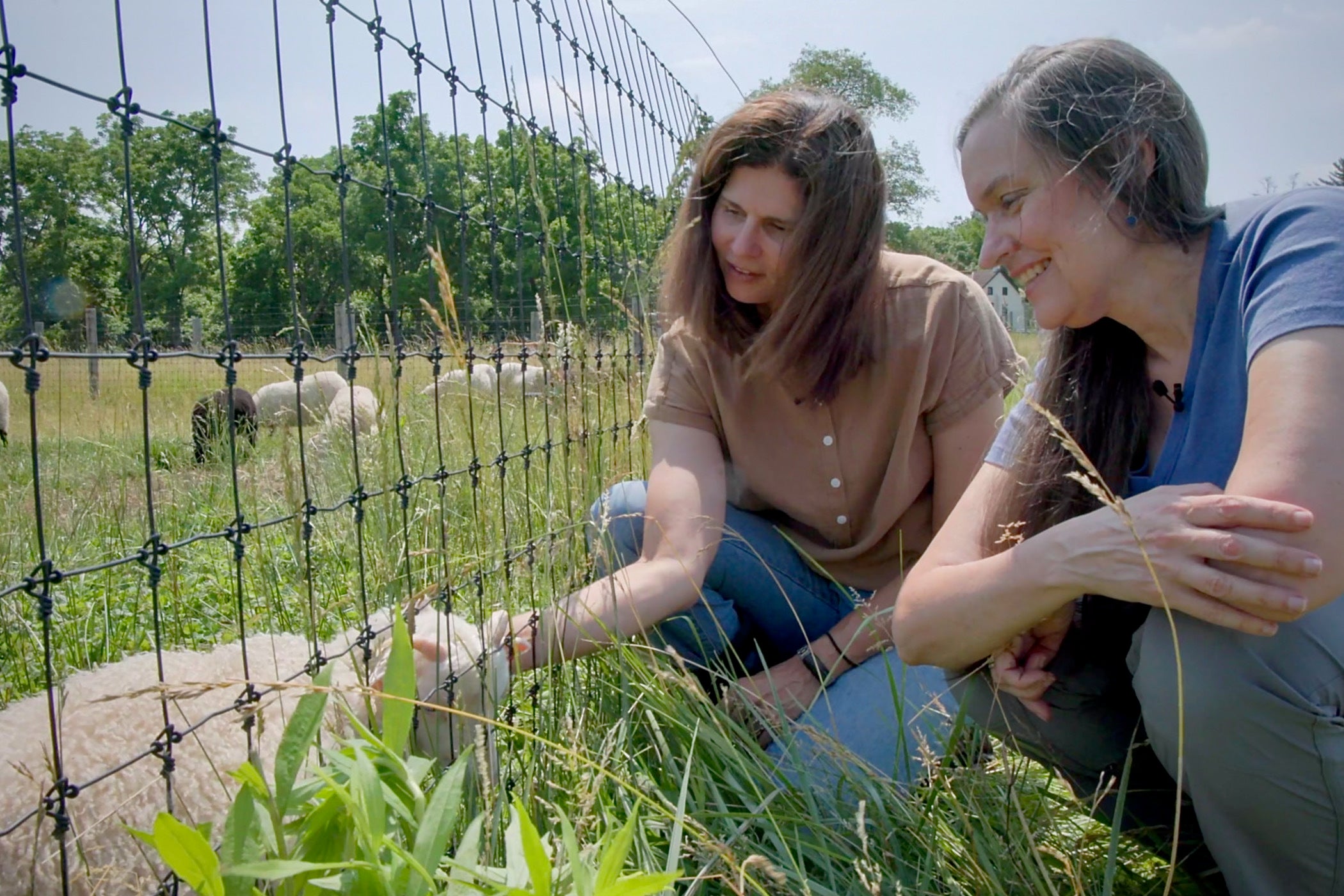The Wool Wire | November 13, 2024
A few ways in which wool is helping heal us and the planet, from soil and climate change to insulation and protection.

News snippets from the wool world
Hello, my friends,
Can we talk about the ways in which wool is helping heal us and the planet?
For starters, there's dirt. Old-time farmers already know how good wool can be for their soil. But over the past few years, the idea of wool as a soil amendment has been gaining broader momentum in the mainstream press.
Let's start with this piece from the NZ Herald. It highlights a Central Otago farmer who, for the last six years, has been spreading wool over degraded paddocks to see if it improves soil quality.
Surprise surprise! It has.
A new kind of urban renewal
If you thought sheep could only heal soil in rural areas, think again. Right on the outskirts of Philadelphia, more than 220 Shetland sheep are growing quite contentedly, and organically, at Willow Creek Farm Preserve.
A WHYY reporter recently paid the farm a visit and showcased how this organic farm (and others like it) are helping combat climate change.
It doesn't get much more full-circle than this: The sheep weed and fertilize fields that produce certified organic hay and straw, which are then fed to the sheep. Rinse and repeat.
Making the circle even tighter, the farm recently acquired a Belfast Mini Mill so they can make yarn without the fibers ever leaving the farm.
However, they do have the good judgment to send some of their wool to Bedfellow Blankets in Massachusetts, where Peggy Hart transforms it into beautiful blankets on antique looms. (Hart is also author of Wool: Unraveling an American Story of Artisans and Innovation, and you can see a snippet of her work process in this short video.)
Getting cozy in Argentina
As a big believer in using wool to insulate our houses as well as our bodies, I was excited to see this story about how they're using wool in Argentina.
Local studio DUB Arquitectura has created a metal-clad house called Casa La Escocesa, which features "insulating blankets" made of sheep wool that otherwise would have been incinerated.


Images by Fernando Schapochnik
The 150-square-metre project is located on a farm in Argentina's subtropical Pampas region, which consists of agricultural fields that stretch over flat plains. The building site is surrounded by crops, sheep and polo horses.
What better place to be surrounded by wool than in a cottage surrounded by sheep?
Wool meets wellness
Wool has another miracle quality: crimp, which translates into fabulous compression resistance. We've already seen advances in swapping out plastic bubble-wrap for wool packaging, Woola being one of the most successful innovators.
But our packaged goods shouldn't be the only ones to benefit from wool's absorptive cushioning. Take those squeaky plastic yoga mats, for example. Here, I'm inspired by what New Zealand brand Kaiora Downs is doing with their wonderful felted wool yoga mats, cushions, and boot-liners—all made with wool from their own Romney flock.
We are a family farm in the Hurunui; Kaiora Downs Mats was born out of our passion for wool and keeping things local. The wool stays within Canterbury for all stages of its production, and is shaped into yoga mats, boot-liners and other woolly delights for your comfort.

After customers reported having a hard time keeping their household pets off the mats, Kaiora Downs did the only reasonable thing: They started making mats for pets, too.
Fuzzy fortresses
And finally, there's the comforting wool of our childhood memories. I'm thinking of the blanket forts my brothers and I used to make when we were little. I wrote a piece about wool blanket forts—and the socially acceptable adult alternatives—in the latest Modern Daily Knitting.
On that note, I'll let you go.
Thanks, as always, for your readership and your support.
Until next time,
Clara









